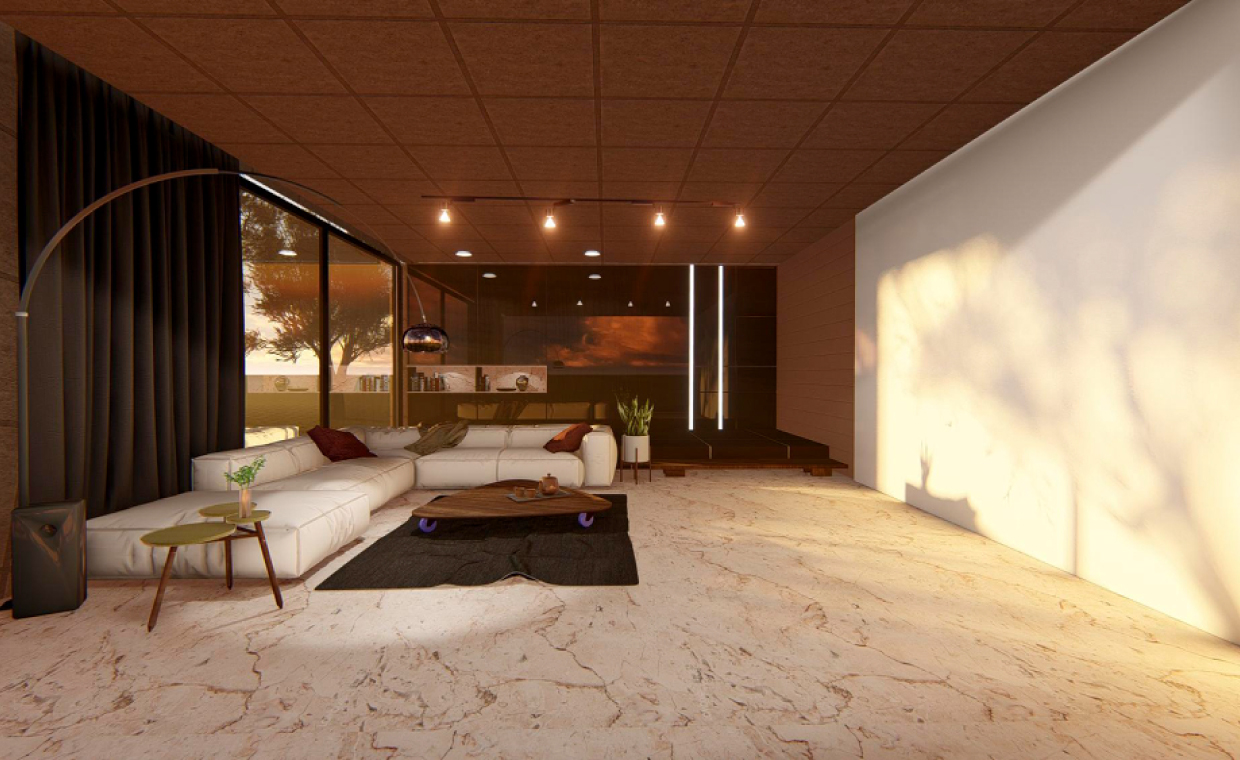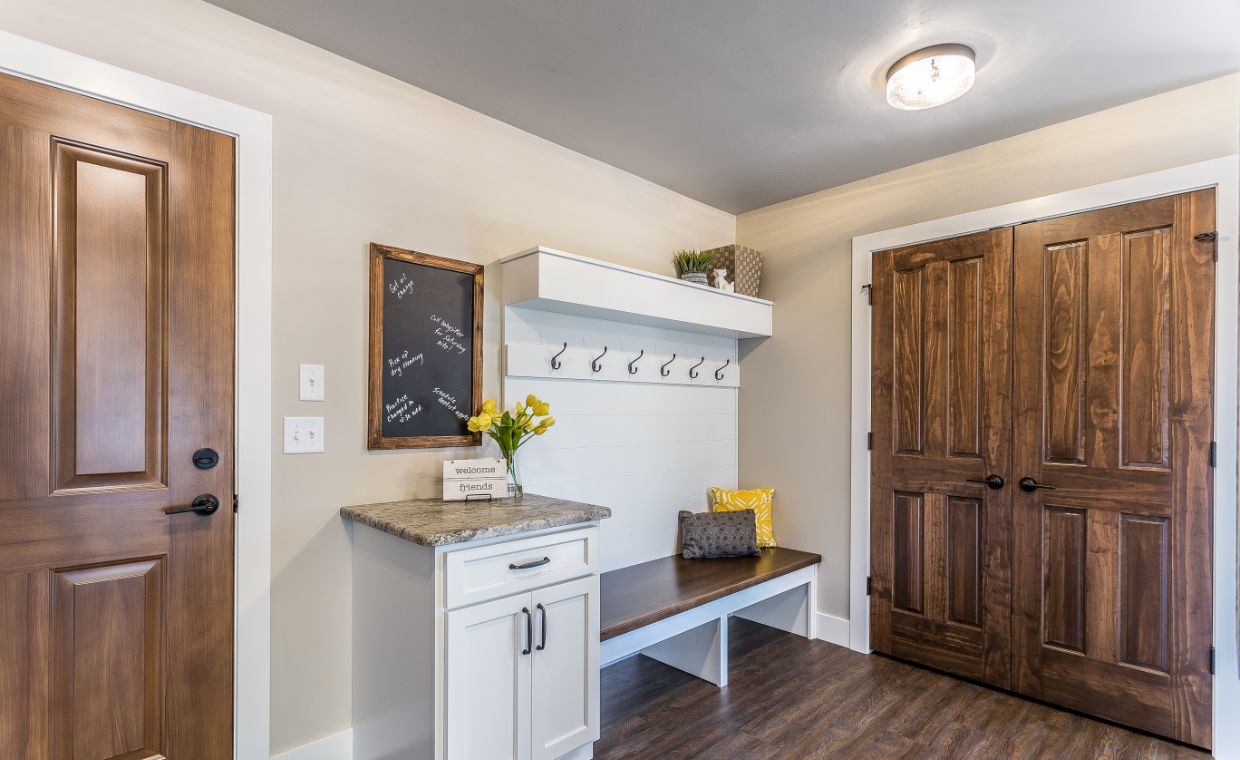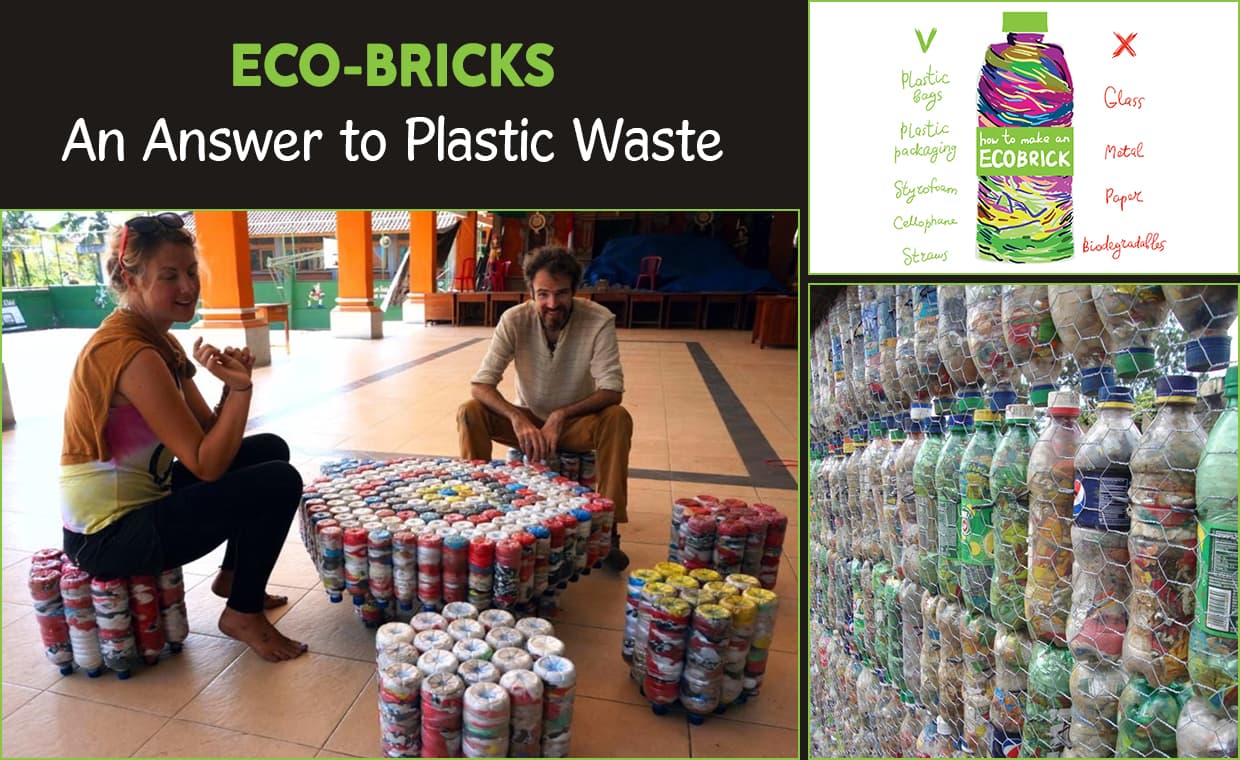
Over the past few decades, we have learned that the story of plastic doesn’t end when we throw it away. The amount of plastic that is processed, thrown away and introduced into the biosphere is harmingall creatures, both large and small. According to ‘ecobricks.org’, modern manufacturing practises have increased the production, usage and wastage of plastic over the past fifty years. This being a major source of global CO2 emissions, reducing the use and processing of plastic has never been more important.
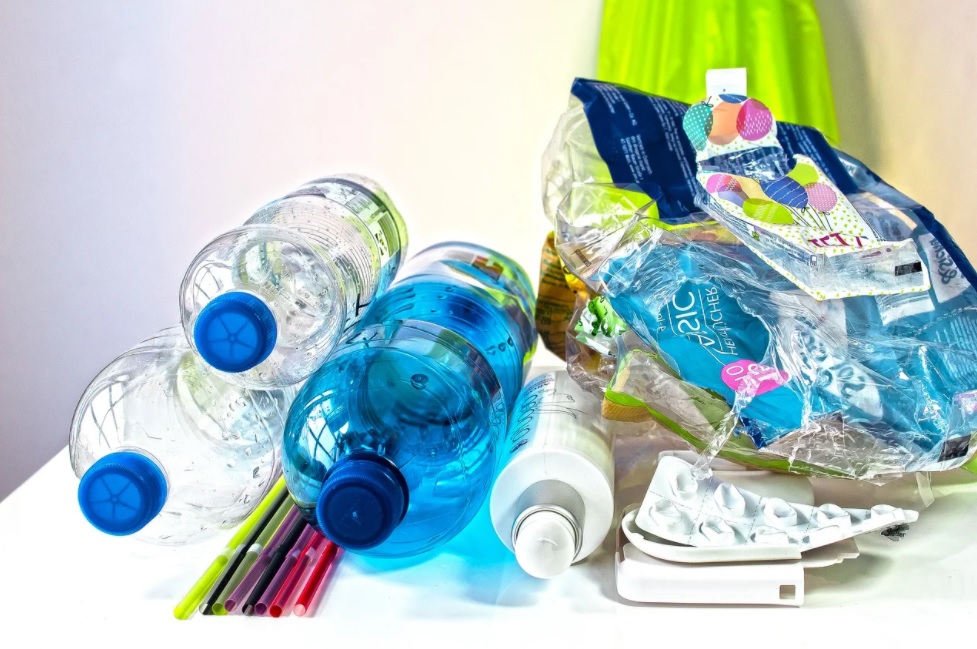
Additionally, there is more plastic in the ocean than ever before, but there seem to be no signs of the slowing down of the manufacture of this material. More than 99 percent of plastics come from chemicals that are derived from the production of oil and gas, contributing significantly to climate change. Also, the production and the transport stage contribute to around 61 percent of total plastic greenhouse gas emissions. Single-use plastic can be cut off in a lot of simple ways, but what can you do with the plastic that you cannot avoid?
As far as the construction field is concerned, one solution is “Eco-bricks”.
Why Do We Need Materials Like Eco-bricks?
The demand for traditional bricks (made from the soil) has increased because of the increasing population. Fertile land is being sacrificed to meet the swelling demand for bricks, which developing countries can’t afford. Eco-bricks can easily solve this problem as they are made of materials other than soils.
What are Eco-bricks?
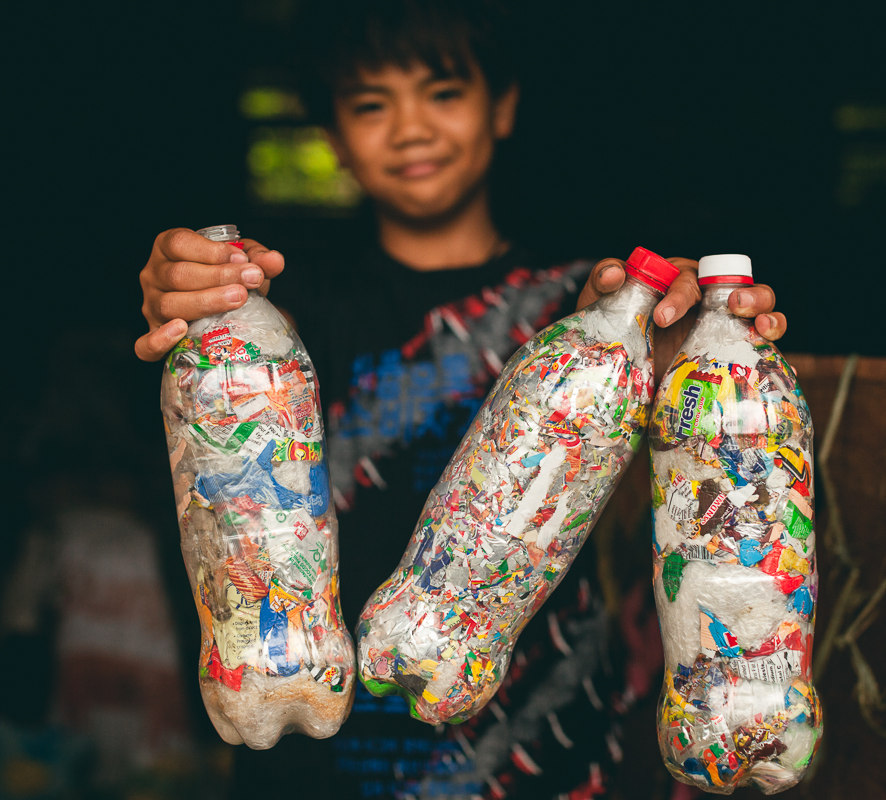
Did you know that eco-bricks originated in Guatemala? In areas that lack efficient waste management systems, the use of eco-bricks began as a construction technique to solve the problem of excess plastic accumulation. Soon enough, other countries like South Africa, Philippines and a few others caught on and picked up the trend.
An Eco-brick is a reusable building block comprising a plastic bottle filled with solid non-biodegradable waste to a set density.
According to ecobricks.org, an eco-brick is a PET bottle packed solid with used plastic that has been cleaned and dried. The bottles are packed to a set density to create reusable blocks, effectively sequestering plastic.
This makes them acceptable as building blocks for virtually any kind of construction. Eco-bricks can also be filled with other non-biological un-recyclables that are uncontained and harmful to the environment (like Styrofoam, cables, small batteries etc.)
These alternative building materials provide a simple low-tech solution to plastic pollution and allow us to take personal responsibility for the plastic that we have consumed by keeping it out of industrial systems, shielding it from the atmosphere, and making good use of it in modules and earth constructions. A bonus is that all of this is achievable without the need for special machinery or skills.
What are the Uses of Eco-bricks?

Eco-bricks are durable and will never crumble, making them ideal construction materials. They are used to create furniture, walls and even houses in developing countries. Many sustainable building projects, including outdoor classrooms, community gardens and a composting toilet, are underway in South Africa with the use of these materials.
According to The Guardian, in Guatemala, 38 eco-brick schools were built by an organisation called Hug It Forward, Vida Atitlan, and many more are planned for the future. Furthermore, in the northern Philippines, ecobricks.org has made an open-source manual and distributed the same to local schools. As part of the curriculum, students need to bring in a completed eco-brick each week, having written their homework on side.

What are the Advantages and Disadvantages of Eco-bricks?
Advantages of Eco-bricks:
Eco-bricks are a perfect way to recycle plastic that doesn’t break down, end up in the ocean or worse still, in the landfill. But there are several other great things about eco-bricks:
- Plastic is a very useful material, but we generate too much of it and dispose it in an unsustainable manner. The very qualities that make plastic so difficult to dispose of, like toughness, longevity and water resistance, are exactly what makes it a brilliant building material.
- Everyone urges us to decrease plastic waste. When you see the amount of rubbish you put into an eco-brick, you’ll see how much you throw away. This process also helps you be more careful about what you buy and create less waste in the end.
- Eco-bricks also stop harmful waste from being incinerated, as well as keep from ending up in the ocean. Plastic releases CO2 when burnt, increasing carbon emissions and leading to global warming.
- The main advantage of eco-bricks is that they take something that would have had a detrimental effect on the environment and turn it into something that helps local communities, like flyash.
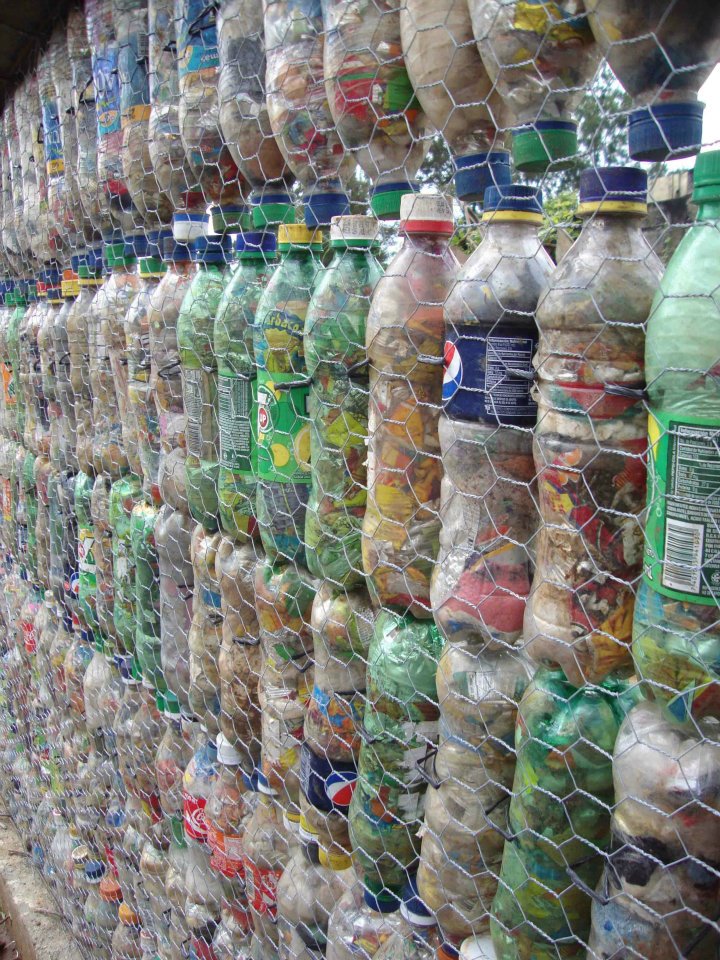
Apart from eco-bricks, there are also some other alternatives for building blocks are also available in the market.
Disadvantages of Eco-bricks:

Despite their apparent advantages, some fear that making structures out of plastic might not be good for the earth in the long run. These non-recyclable plastics are manufactured from inorganic chemicals and, as the eco-bricks are exposed to the sunlight, they can leech into the natural environment. This could cause immediate damage to the soil and ultimately hit the water table, where aquatic plants and animal life will get adversely affected.
Photo-degradation also makes the plastic fragile and vulnerable to breakage, releasing micro-plastics into the area, is known to be harmful to animal and human health. There is criticism that eco-bricks are not a permanent solution to the plastic crisis and that they simply postpone the issues for a few more years.
How to Make an Eco-brick?
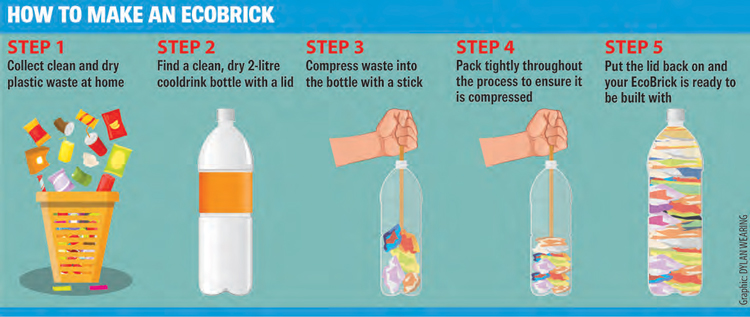
Pick the Bottle:
A bottle of any size can serve as an eco-brick, but it appears that bottles of about 500 ml to 1.5l capacity are ideal. Make sure that the plastic bottle you are planning to use is of a product you use regularly. Don’t purchase a plastic bottle for the sake of making an eco-brick. In other words, use a discarded or used plastic bottle.
Prepare the Plastic:
Every plastic you put into your brick needs to be clean and dry. Any dirt can contribute to microbiological growth and the development of methane inside your brick, which will make it bloat, pop off the cap, or even crack the bottle. Remember – the waste you put in an eco-brick should be that which can’t be recycled or won’t break down. So make sure not to put paper, metal, cards, food waste or glass.
Get a Stick:
You will need a stick to push the plastic down into your bottle so that you can fill and fit in as much plastic as possible.
Weigh Your Eco-brick:
To make it solid and strong, you need to make sure your eco-brick is packed as tightly as possible. For construction purposes, bricks that are too soft can’t be used because they might get crushed under heavy loads. Additionally, the more you fit in your plastic bottle, the less plastic gets into the environment! The weight of your brick will depend on the size of your bottle, but a 500ml bottle should weigh around 175g when it is full and a 1.5l bottle should weigh around 500g.
Don’t Overfill Your Brick:
Although your brick must be packed full of non-biodegradable material, the contents of the bottle must not push against the lid as it could come off.
Watch this video on how to make eco-bricks:
What Can You Put in an Eco-brick?
You can put any form of plastic in your brick, but it is important to check if that type of plastic can be recycled in your region before you stuff it into the bottle. The plastic that can be recycled will vary depending on where you live, so it is worth checking with your local council what they will or won’t allow to be recycled. Any plastic that they don’t accept can go towards making your eco-brick. If the items are too big, you can always cut them down to the right size.
Here is a List of Things You Can Put in Your Eco-brick
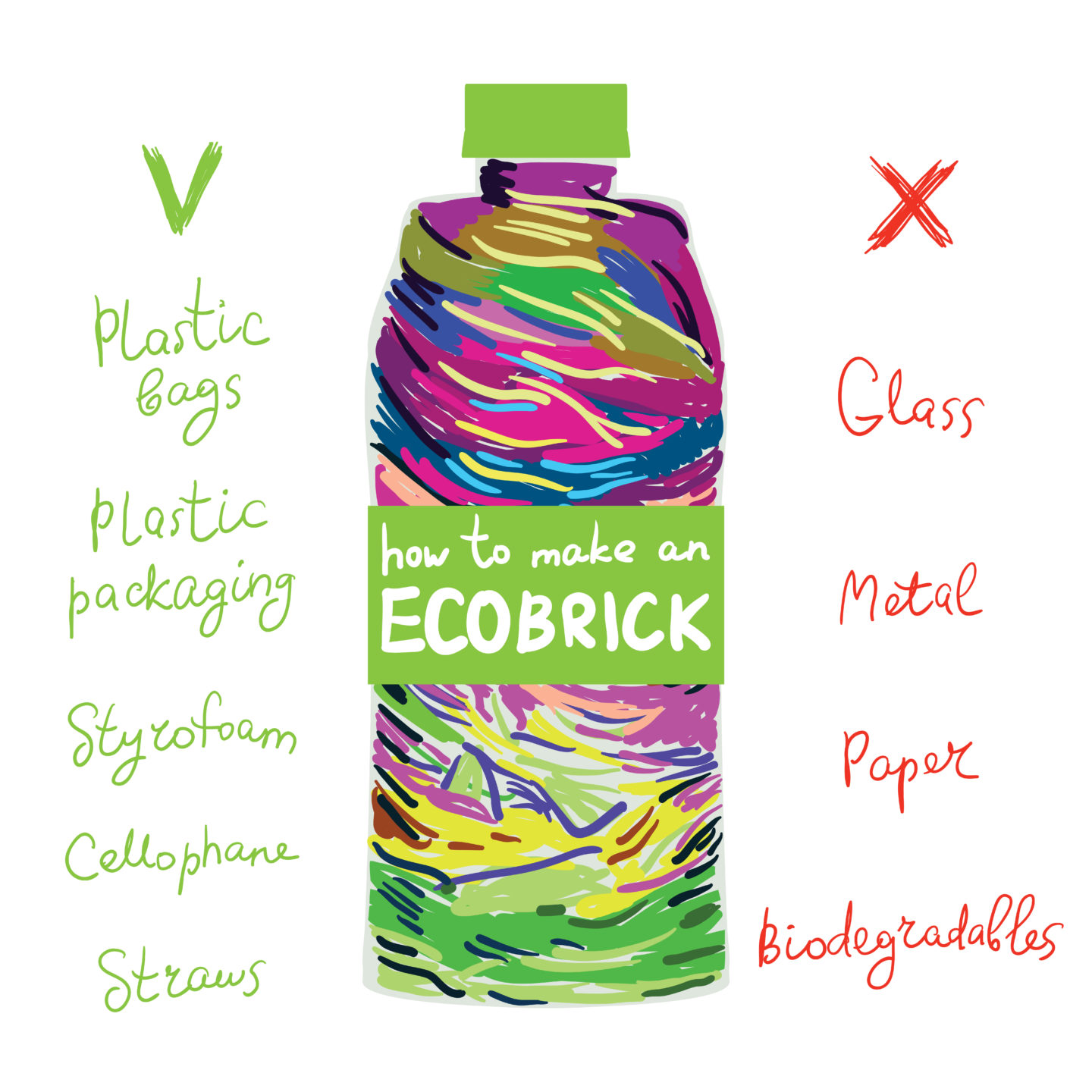
- Photo paper
- Plastic bags
- Crisp packets
- Straws
- Food containers
- Plastic cutlery
- Plastic fruit and vegetable packaging
- Cling film
Polystyrene (or Styrofoam) – This is a light-weight petroleum-based plastic made from styrene monomers that can’t be recycled. It is commonly used as packaging material and food containers.
Are Eco-bricks Good for the Environment?
Eco-bricks Protect the Environment from Plastic Waste:
Eco-Bricks seal the plastic away, preventing the accumulation of poisonous gases such as methane from being released during its deterioration due to exposure to sunlight.
Since they have amazing longevity and can shield their contents from UV rays, PET bottles are great for sealing plastic away.
Eco-bricking Raises Ecological Awareness:
Making eco-bricks is time-consuming and requires a lot of time and effort, thus the process enables us to tackle our short-sightedness and raises our concerns about the uses of plastic.
Eco-bricks are Low-energy Alternatives to Plastic:
Recycling is not inherently the best option as it needs technologies and funds, apart from human resources.
It also requires big transportation otherwise the waste will fly around and end up in a saturated recycling plant, before reaching its destination.
Conclusion
Eco-bricks are a sustainable way of reusing non-biodegradable plastic waste since it is considered to be a long-lasting and robust material. It keeps plastic out of the environment and avoids pollution. The basic premise of an eco-brick is very simple: collect all the items that you can’t recycle at home or locally and pack them in a plastic bottle as tightly as you can. This tight plastic tube becomes a building block that can then be used for many purposes, from sculptures to building projects.
Eco-bricking is a powerful way of taking personal responsibility for reducing the plastic menace. Best of all, we can reconnect to the million-year tradition of bringing compacted carbon into ecological use.
If you want to know about types of traditional bricks (clay bricks), check this article.


























